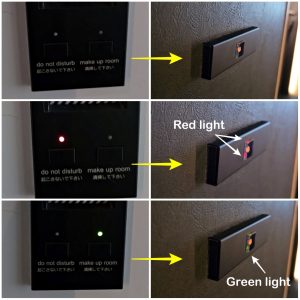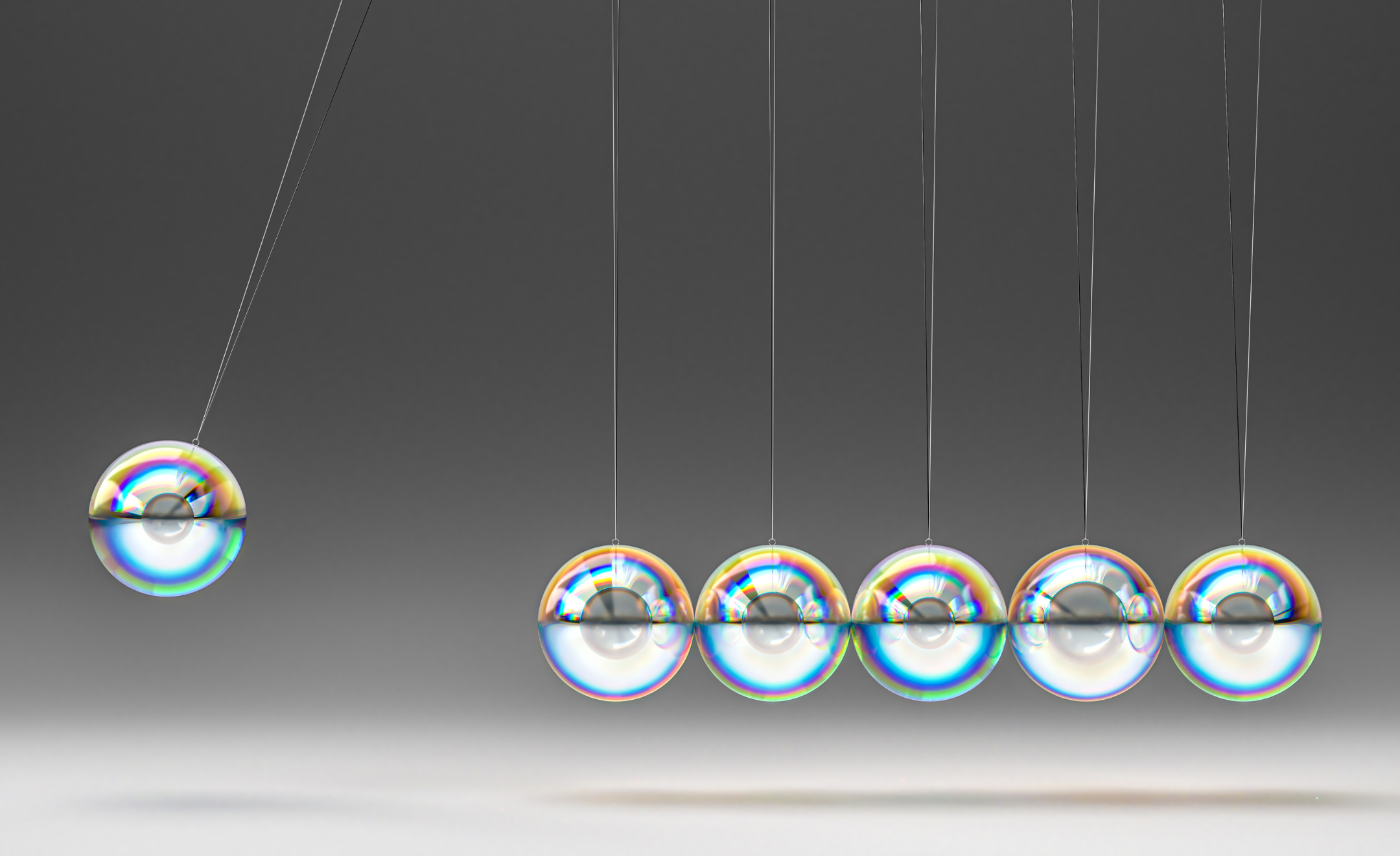Although I’m not a design professional, Japanese designs always fascinate me every time I visit the country. If you are into Design Thinking, you should be curious about their ways of approaching everyday problems.
This beautiful country is filled with designs that may seem odd to outsiders.
As a starter, the placement of the ticketing machines for the train and subway systems. The height of those machines is usually a bit embarrassing to most people – a bit low to the average height, but a bit high for the kids. However, the placement is ideal for all people, tall or short, physically capable or wheelchaired. Being considerate in this culture means not making those who need support to feel “special”.
Another obvious example is the packaging for takeaway foods, like burgers and sandwiches. For decades, Japanese burger joints have been using specially designed wrappers so the juices will not be all over the place when you enjoy the burger, keeping you and the place tidy and clean.
My visit to Japan this time has also become a treasure hunt for interesting designs.
Here is one example, a chair with a place for your bags (at a coffee shop).

This is a simple design that adds a holding space between the seat and back support. For most people, this is exactly what they need for their bags or backpacks. No more need to put on the floor, an additional chair, or a basket beneath the seat.
Another example is from the hotel where I stayed. There is a mindful design for the DND (do not disturb) and Housekeeping signs. In older hotels, you hang a sign on the door for DND or Housekeeping. Some hotels use lights next to the door to signal such things. Like the ones below.

Interestingly, I can find buttons for DND and housekeeping, but cannot see anything on the external side signaling such requests. There is only a doorbell button next to the door.
Initially, I thought it might be some hi-tech thing that the requests were digitally transferred to a central panel. But, well, this is unlikely.
My finding: the doorbell button light serves multiple functions – a doorbell button, and indicators for DND and housekeeping. But since those functions are not for the hotel guests, the hotel has hidden the indicators from the untrained eyes.

When DND is turned on, there is two red light on the side of the doorbell button.
When “Make up room” is turned on, there is a green light on the side of the doorbell button, and housekeeping can do their work.
The indicator light can only be visible from an angle close to the wall. Guests will normally miss it. So, the whole visual landscape for the guests will be plain and clean, without unnecessary signals.
A final note: in a country where most people do not speak English, housekeeping people still need to ask guests when to make up their room. So, how do they do this efficiently and politely?
The housekeeping people carry a card with them having a list of times for the guest to select, say, 11:30, 12:00, and so on. The guest can just point to the time. Problem solved.
These are some of the mindful designs that you can discover in Japan. Enjoy the treasure hunt :)

